Written by Carter Amos
 In the heart of urban New Mexico, Buddhism is alive and well at the Albuquerque Zen Center (AZC). For several years, a small, tight knit community of Buddhists regularly met to practice Zen. These informal meetings became something more when, in 1989, this small community invited Seiju Bob Mammoser to become their live-in teacher. Together, the original constituency and Seiju, who accepted the offer, officially founded the Albuquerque Zen Center as a nonprofit organization. About a decade later, the rapid growth of their constituency encouraged AZC’s Board of Directors to abandon their rental building and construct an entirely new center of their own. This center, located just a few blocks south of UNM’s campus, boasts an ample adobe zendo (meditation hall), a unique Zen garden composed of southwestern greenery, and incorporates the subtle beauty of Japanese aesthetics. Around a dozen times a week, the AZC constituency regularly meets in this center for their main practice of Zazen meditation (before the pandemic, at least).
In the heart of urban New Mexico, Buddhism is alive and well at the Albuquerque Zen Center (AZC). For several years, a small, tight knit community of Buddhists regularly met to practice Zen. These informal meetings became something more when, in 1989, this small community invited Seiju Bob Mammoser to become their live-in teacher. Together, the original constituency and Seiju, who accepted the offer, officially founded the Albuquerque Zen Center as a nonprofit organization. About a decade later, the rapid growth of their constituency encouraged AZC’s Board of Directors to abandon their rental building and construct an entirely new center of their own. This center, located just a few blocks south of UNM’s campus, boasts an ample adobe zendo (meditation hall), a unique Zen garden composed of southwestern greenery, and incorporates the subtle beauty of Japanese aesthetics. Around a dozen times a week, the AZC constituency regularly meets in this center for their main practice of Zazen meditation (before the pandemic, at least).

To understand the central beliefs of the AZC, we must briefly examine Zen Buddhism. Across modern Japan, the practice of Zen is dominated by two popular sects. These are known as the Rinzai and Soto schools. When interviewed by journalist Andrew Salazar, Seiju himself identifies the Albuquerque Zen Center as a legitimate, if significantly Americanized, branch of the Rinzai tradition. As defined by Encyclopedia Britannica, Rinzai distinguishes itself because it “…stresses the abrupt awakening of transcendental wisdom, or enlightenment.” Unique to other traditional Buddhist schools of thought, practitioners of Rinzai believe that enlightenment is something that can be suddenly achieved, as opposed to it being the result of a gradual, goal-oriented system of progression. The practices of Rinzai are designed in such a way that one may break free from their conscious imprisonment and be guided towards an omniscient, logic-defying wisdom.
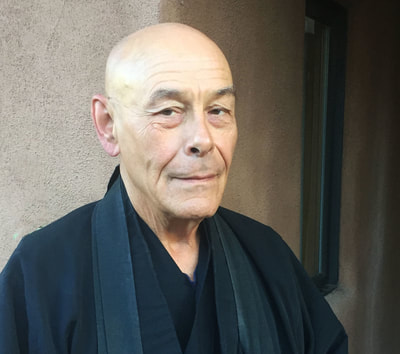
Absolutely essential to the Albuquerque Zen Center’s success, Seiju Bob Mammoser has been the Resident Priest, or Osho, of the AZC since the very beginning. By way of an interview with the New Mexico newspaper Daily Lobo, Seiju shares some of his personal views on Buddhism. Seiju remarks that “Understanding in Buddhism is doing” and that meditation “…is completely non-conceptual, non-intellectual activity.” Typical to his Rinzai background, Seiju has nothing but contempt for those who attempt to analyze and intellectualize Buddhism. In an interview by Rick McDaniel, Seiju’s character shines through as he restates his views. Responding to inquiries into his methods, Seiju states “Teaching is doing. Words are words, but teaching is doing. It all comes back to sitting down, being still, and breathing. If you’re not up to that, have a nice drive home.” Shortly after, Seiju, in classically humble monastic fashion, cited the nearby Jemez as AZC’s real teacher. Jemez is a dog.
With regards to their lineage, the AZC is affiliated with Rinzai-ji. Originally, the Rinzaiji temple was founded in 1536 in Shizuoka, Japan by daimyo Imagawa Ujichika. More information about the original temple can be found here. However, it wasn’t until four centuries later that the temple’s lineage spread to America. During the 1960’s, (formerly?) distinguished Kyozan Joshu Sasaki Roshi was one of the first Japanese missionaries to spread Buddhism overseas, and he established dozens of Zen Centers which carried the Rinzai-ji lineage. Currently, the Rinzai-ji lineage survives in Zen Centers all throughout the country.
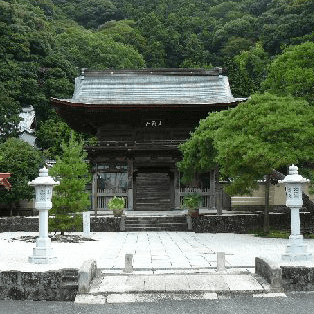
So, since the AZC is affiliated with the Rinzai-ji lineage, Seiju and his constituents are effectively connected to dozens of other Buddhist communities. While Rinzai-ji’s official website lists many of these centers as permanently closed, several active chapters remain in operation. Just to name a few, there’s the Rinzai-ji Zen Center in Los Angeles, the Haku-un-ji Zen Center in Phoenix, and the Blue Ridge Zen Group in Charlottesville. As far as I can tell, there’s very little interaction between the AZC and the other Rinzai-ji communities. However, what’s important to remember is that, throughout the course of Sasaki’s life, it was not unusual to find him teaching alongside Seiju down in Albuquerque.
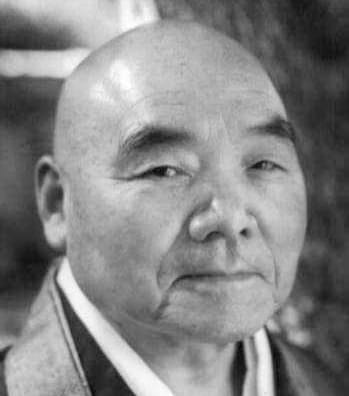
If you’re especially sensitive to abuse stories, then please skip to the next paragraph. While doing my research, I was horrified as I stumbled onto a catalog of allegations that surrounded the Albuquerque Zen Center. I discovered that this was due to AZC’s Rinzai-ji lineage and, more specifically, their connection with master Joshu Sasaki. According to Mark Oppenheimer and Ian Lovett of The New York Times, Sasaki allegedly “…groped and sexually harassed female students for decades…” while abusing his position as a teacher. For example, Sasaki would often present koans (riddles designed to explain Buddhist teachings) to female disciples. These koans allegedly coerced Sasaki’s female students into undressing against their will, sexually stimulating him, or committing otherwise unseemly acts. When addressing one of Sasaki’s alleged victims, a monk in Sasaki’s inner circle defended these methods, reasoning that he “…believed in Roshi’s style, that sexualizing was teaching for particular women.”

During his exploration of Zen Centers across America, blogger Rick McDaniel attained Seiju’s most recent interview, gaining some rare insights into him and the AZC as a whole. Seiju reported that, despite the scandal, Sasaki remained the only teacher that AZC formally recognized. Nonetheless, Seiju explained how Sasaki’s allegations caused a sizable chunk of AZC’s members to splinter off into other Zen Centers. Seiju noted that this loss in his constituency has caused the AZC to consistently decline in revenue, and rebuilding the AZC’s community has been an extraordinarily difficult challenge for him. When pressed about AZC’s constituency, Seiju seemingly refused to give a concrete number to McDaniel. Instead, Seiju estimated that the AZC had around 20 to 50 regular practitioners. Any further knowledge of AZC’s demographics remain unknown. One notable exception that we do know, though, is that their entire Board of Directors is white.
With regards to AZC’s practices, their website mentions rituals like chanting, bowing, kinhin, samu (work practice), study, tea services, and Zazen. This last ritual, the style of meditation known as Zazen, is the cornerstone of AZC’s meetings. Moreover, Zazen is integral to the traditional practice of Zen Buddhism as a whole. Meditating in the Zazen tradition entails one entering a state of intense concentration (“samadhi”) by way of breathing (“susokkan”). And, while meditation may seem simple in theory, the Zazen practice can take years, even decades to master. When thoroughly experienced in Zazen, one is said to instantly become in touch with their “inner enlightened being.” Newcomers need not be intimidated by all of this, though, as the AZC consistently offers introductory Zazen classes on the second Saturday of every month.

An article by author Jules Shuzen Harris, of the online Buddhist journal Lion’s Roar, is recommended by the AZC to illustrate how one can successfully practice Zazen meditation. Harris’ method is, supposedly, how the AZC practices Zazen themselves. First, one needs to be seated on a comfortable cushion in a quiet, peaceful space. Second, one must discover which posture is the easiest for them to focus and relax in. Recommended posture positions include the full lotus, half lotus, sitting straight up in a chair, and a few more. Third, once in position, one must learn to cease their thinking by focusing on their breathing. Harris emphasizes that it’s perfectly normal for a distracting thought to arise during this process. However, the practitioner must learn how to let their thoughts end by themselves. Urgingly, Harris implores fledgling Zazen enthusiasts to lose all of their conscious concerns about their mind and body. Instead, the meditator should simply “be.” Simply “being” is how AZC defines the essence of Zazen, and Zen as a whole.
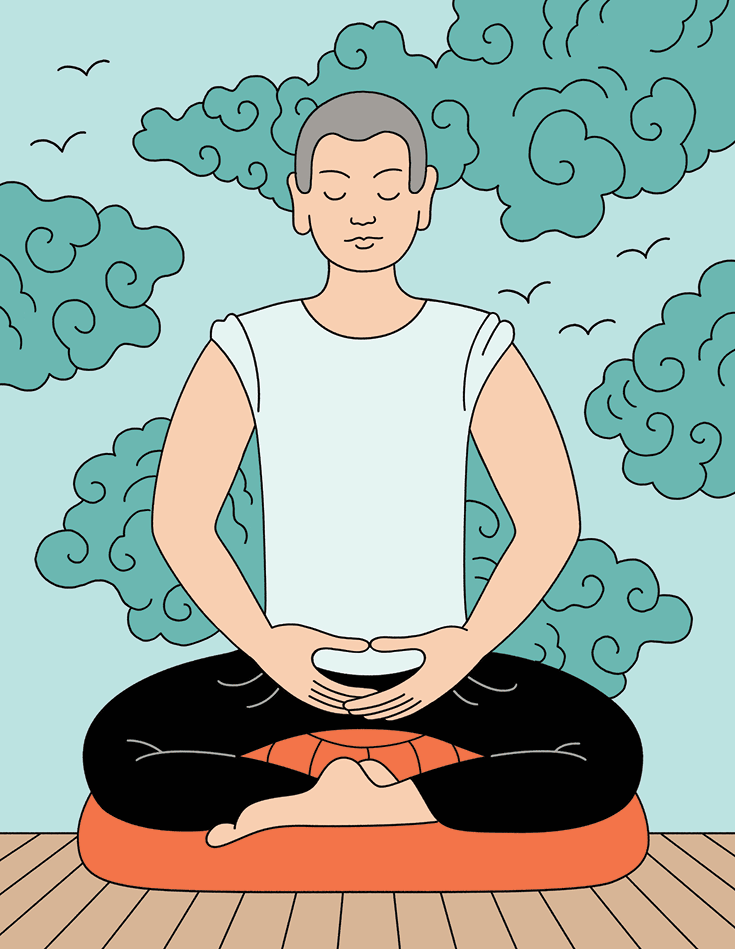
To describe what they view to be the significance of Zazen, the AZC shares a piece written by the renowned Shodo Harada Roshi on their website. Zen’s ultimate goal, as Harada notes, is “…to realize one’s true nature.” However, Harada laments over how difficult it is for Zen’s followers to attain this enlightenment in the midst of modernity’s information inundation. According to Harada, one’s commitment to Zazen must be of such strong resolve that it transcends meditation. To achieve Zen’s ultimate goal, Harada implores prospective practitioners to incorporate Zazen into every aspect of their lives, so much so that the Zazen mindset becomes a natural part of their daily routine. Because, amongst the constant worldly chaos, Harada says that enlightenment will arise only in those who live mindful of the present moment. Living like this allows us to not just recognize how precious and powerful our inner being is, but to help nourish our relationship with it as well.
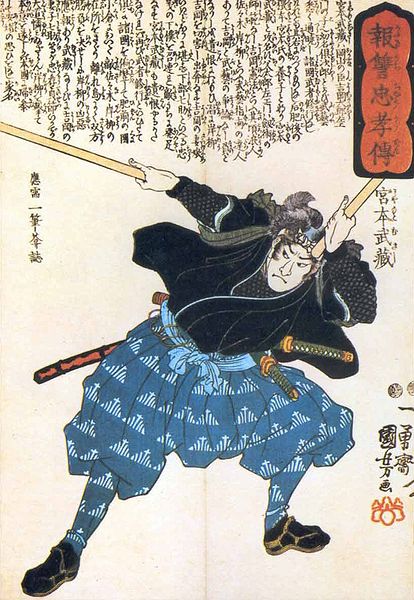
Additionally, the AZC offers classes in Jodo and shinrin-yoku. Jodo is a traditional martial art of swords and shields that originated in feudal Japan. Shinrin-yu is a practice developed by the Japanese Ministry of Agriculture, Forestry, and Fisheries in the 1980’s. It roughly translates to “forest bathing.” These practices of Jodo and shinrin-yoku are intended to help practitioners further incorporate Zen into the physical world.
Normally, here’s how the Albuquerque Zen Center’s schedule would look.
Due to the pandemic, however, the AZC has been forced to make some changes. Their schedule, currently, is entirely virtual, but operates similarly to what is pictured above. In spite of these setbacks, the AZC has recently instituted what they call “Sunday Silent Practice.” This event allows small groups, of ten people max, to visit the physical center and meditate. Eventually, the AZC hopes to safely reopen in accordance with the New Mexico Dept. of Health’s guidelines.
Click here if you’d like to get more information on the AZC.
Sources (unless otherwise noted, all info came from AZC’s official website):
https://www.lionsroar.com/how-to-practice-zazen/
http://onedropzen.org/uploads/thewayofzazen.pdf
https://rickmdaniel.blogspot.com/2013/10/106-seiju-mammoser.html
http://iriz.hanazono.ac.jp/zen_centers/centers_data/usaNW.htm
https://tricycle.org/trikedaily/sexual-misconduct-rinzai-ji-community/
https://www.nytimes.com/2007/12/09/us/09zen.html?pagewanted=all&_r=0
https://www.britannica.com/topic/Rinzai
https://www.buddhistchannel.tv/index.php?id=64,7132,0,0,1,0
https://www.abqtodo.com/venue/albuquerque-zen-center/
https://www.dailylobo.com/article/2008/09/attuning_to_calmness_and_clarity

